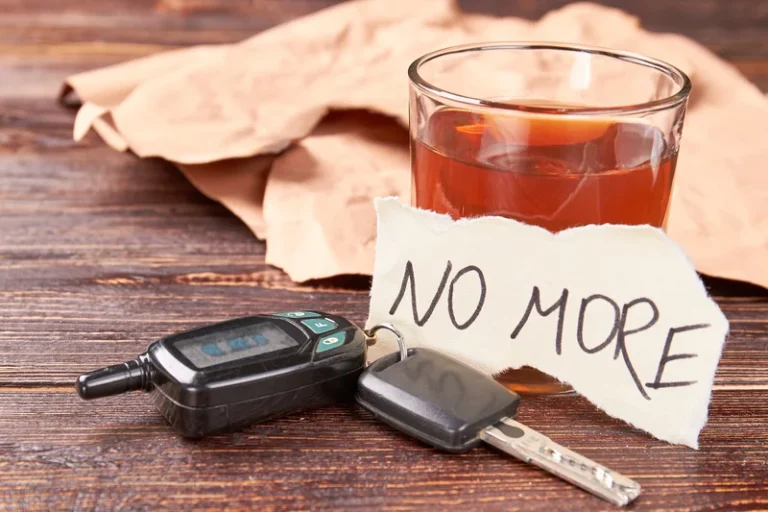Once you do return to work, it’s important to create a budget and take steps to safeguard yourself as work stress can be a relapse trigger. Having a chaotic or disorganized lifestyle can also sober alcoholic hinder your recovery. It’s important to develop a structured daily and weekly schedule and stick to it. The symptoms involved in PAWS can be a barrier to recovery if you’re not careful.
Habits for a Healthier Mind!
These types of rehab programs are ideal for patients struggling with chronic alcohol and substance use problems. Inpatient rehab is also suitable for those experiencing a co-occurring mental illness. Another way of defining sobriety is to say that it is the natural state of a human being. This means that a person’s behavior and thoughts are not governed or influenced by intoxicants, like drugs or alcohol. Depending on the timing of alcohol and consumption, alcohol levels can continue to rise during sleep and lead to alcohol poisoning.
How Long Does it Take to Feel the Effects of Not Drinking?
Alcohol intoxication is a temporary condition that can impair coordination, decision-making, impulse control, and other functions, which can increase the risk of harm. As such, people may want to sober up to lessen these effects and try to prevent a hangover. You may again seek out the people and situations that support your alcohol use. Some people who move from a controlled and protective setting find themselves awash in the environmental cues that lead to their drinking. Relapse (using substances again after stopping) can and does happen, with 85% of people experiencing relapse at least once and half of them doing so within the first two weeks of sobriety.
‘Sober Curious’? How to Embrace Mindful Drinking

As more medications become available, people may be able to try multiple medications to find which they respond to best. The U.S. Food and Drug Administration (FDA) has approved three medications for treating alcohol dependence, and others are being tested to determine whether they are effective. This stage typically starts 3–5 years after you’ve stopped drinking. People often need to address past trauma or familial issues during this time. So far, there’s no consensus on the medical definition of recovery in alcohol treatment literature.
- They are led by health professionals and supported by studies showing they can be beneficial.
- Take some time to acknowledge the negative impact of substance use in your life in order to generate the needed motivation and drive to make changes.
- During the repair stage, taking care of yourself is paramount.
- Keep reading to learn about steps you can take to stop drinking, take back control of your life, and how to get sober from alcohol to start the path to recovery and long-term sobriety.
Can I Quit Alcohol Cold Turkey?
Often the most menacing day, day 0 requires a concerted effort and numerous coping skills to overcome. The process is taxing, but the outcome is unquestionably positive. If you are considering a harm reduction approach, being honest and realistic with yourself and your loved ones is necessary. Just like abstinence, harm reduction has its own set of risks and benefits, so consult with a professional for guidance and direction. Support groups offer a wonderful opportunity for people at all stages of recovery to come together and gain the fellowship and guidance of others.
The stages of alcohol recovery
This can include toxic relationships in which you feel unheard, misunderstood, unsupported, demeaned, unsafe, and/or attacked. Sobriety can be a fixed-term goal like staying sober for a set period (such as Dry January), or a lifelong goal of staying sober from all substances. Many Stark County bar and restaurant owners say they aren’t opposed to training — especially if it limits their liability in lawsuits — but some question the cost and whether it would be effective. They also note that many already participate in the TIPS (Training for Intervention Procedures) and ServSafe alcohol certification programs.
- Sarah Allen Benton, M.S., LMHC., LPC, is a licensed mental health counselor and author of Understanding the High-Functioning Alcoholic.
- One day, curiosity turns into the first sip—the harmless first taste.
- It is important that as you try to help your loved one, you find a way to take care of yourself as well.
- These benefits not only ease the discomfort of the detox process, but also help to prevent relapse during this stage of treatment.
- Seeking professional help early can prevent a return to drinking.

Spacing out your drinks allows your liver time to break down the alcohol. Stick with drinks that take a while to finish, like beer and wine. Keeping track of how many drinks you’ve had can really help you avoid getting drunk. You may begin to feel the effects of alcohol within 10 minutes of drinking. Throughout the night, your liver will have time to metabolize (break down) all the alcohol in your system.
- Programs are usually around four to six hours a day for at least five days a week.
- You may want to reflect on this list when you feel cravings to drink.
- The community connects sober and “sober curious” women for events like “boozeless brunches” and virtual breakfast discussions.
Practice Healthy Living







